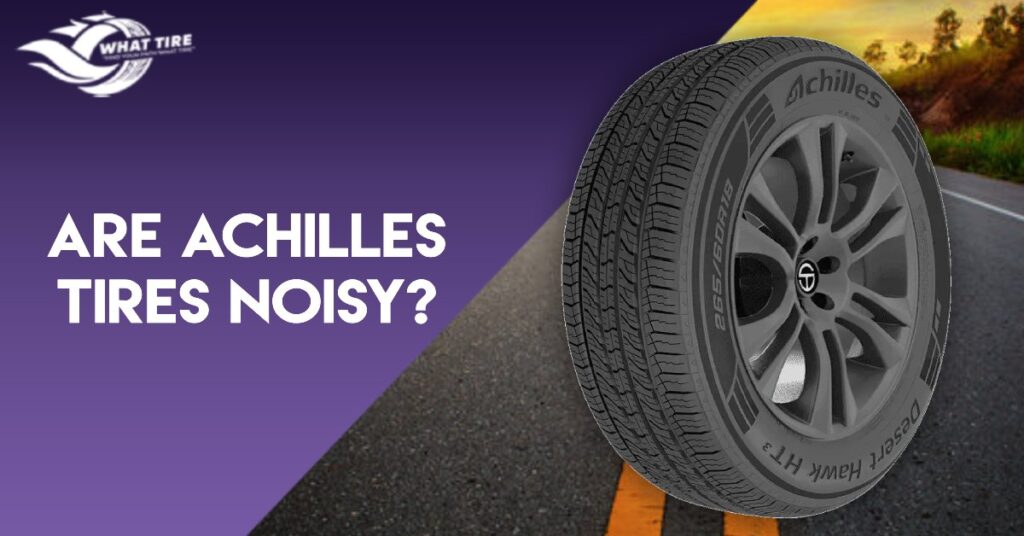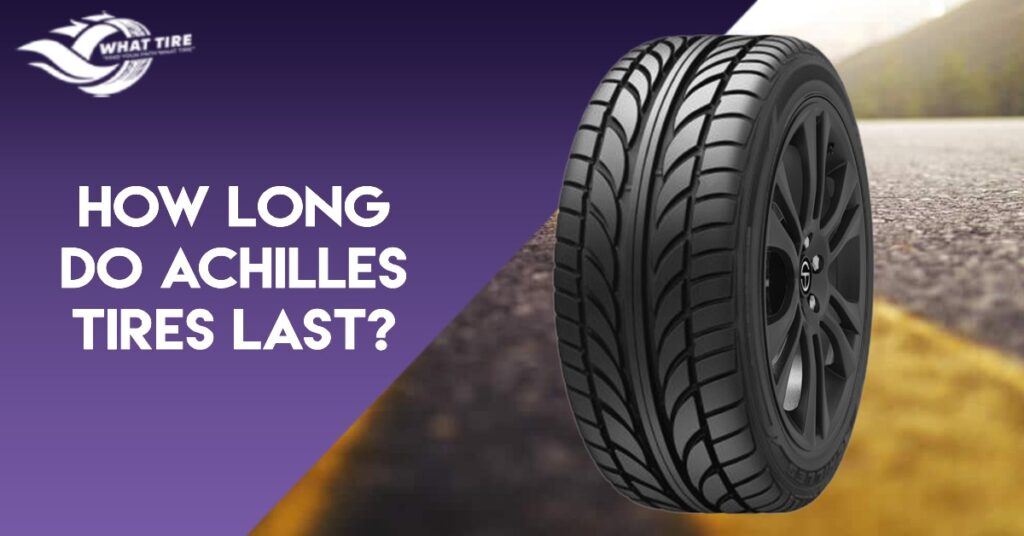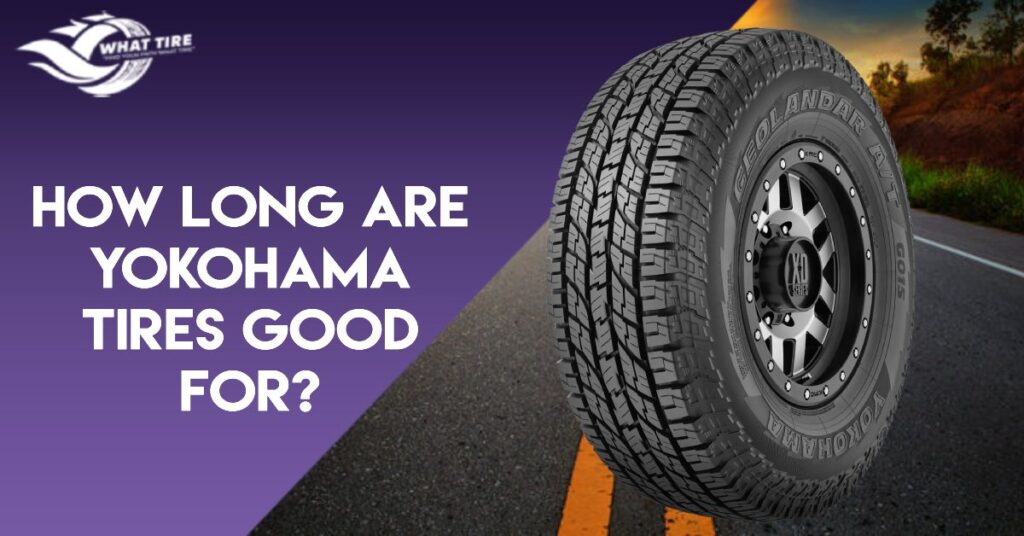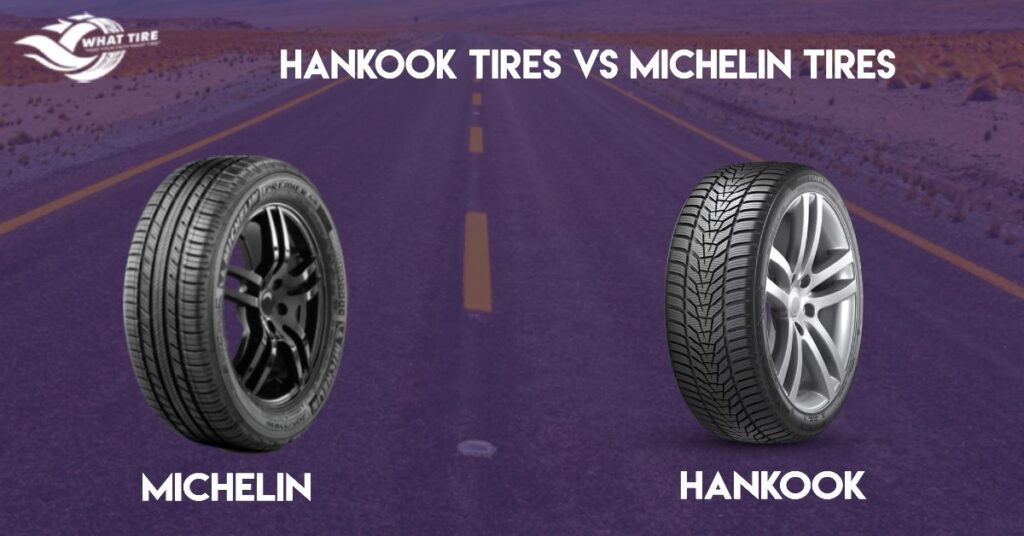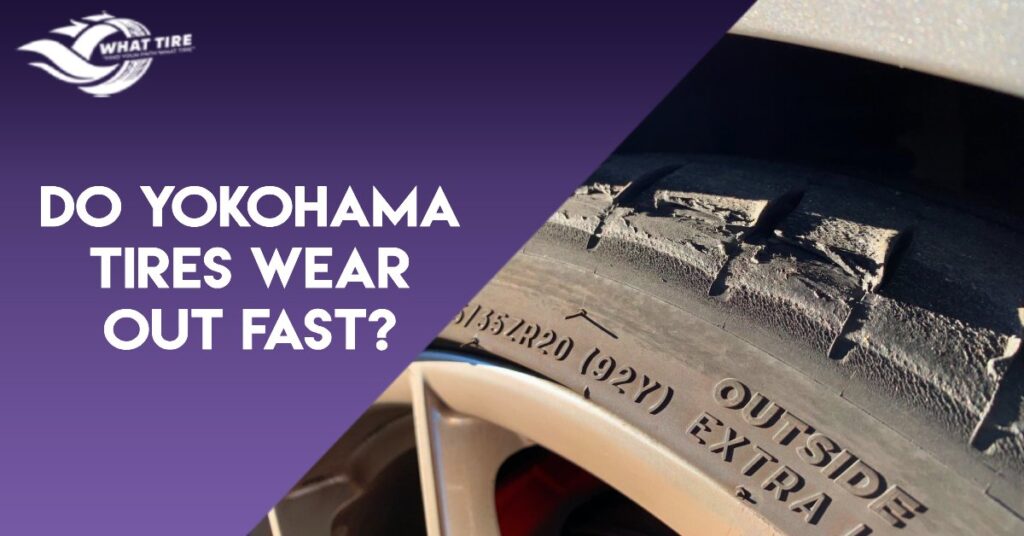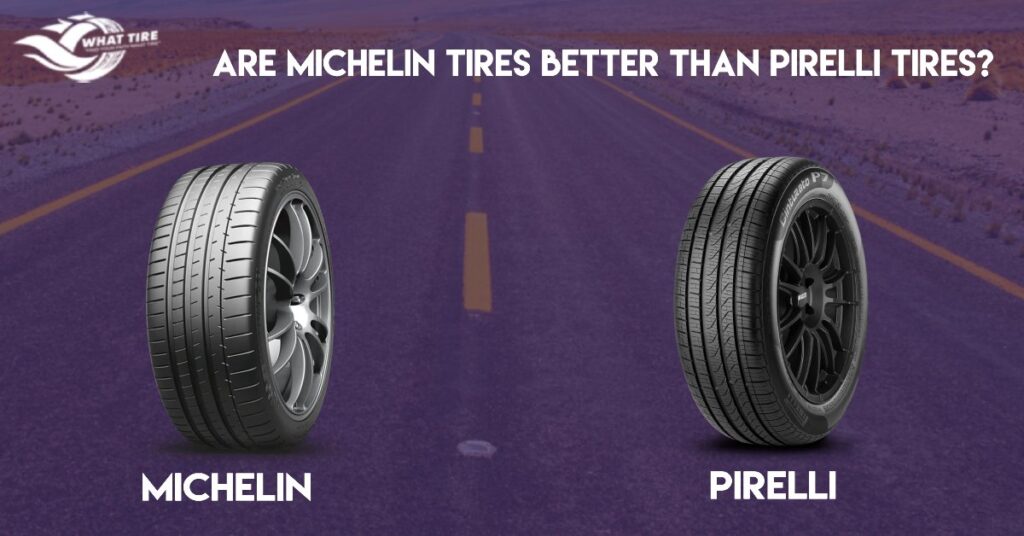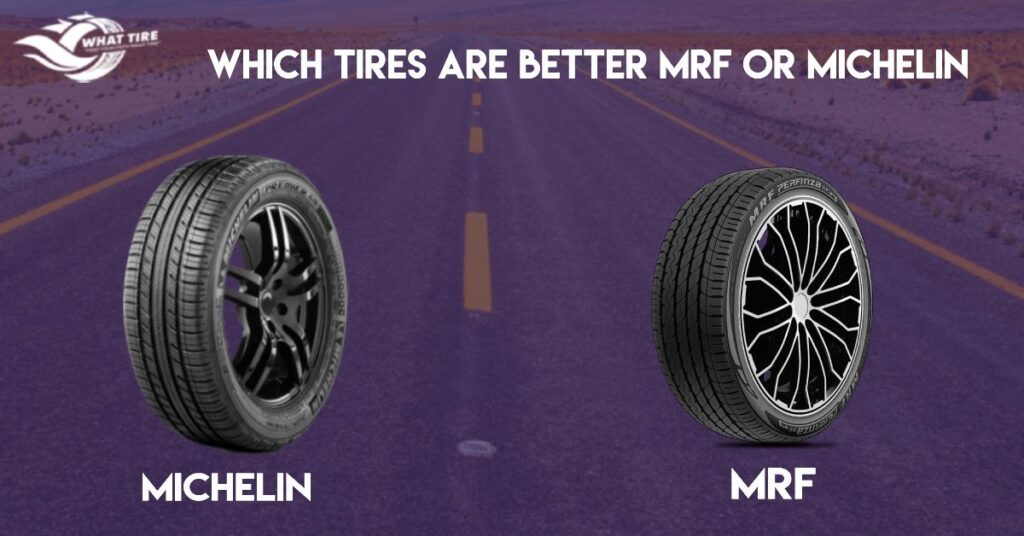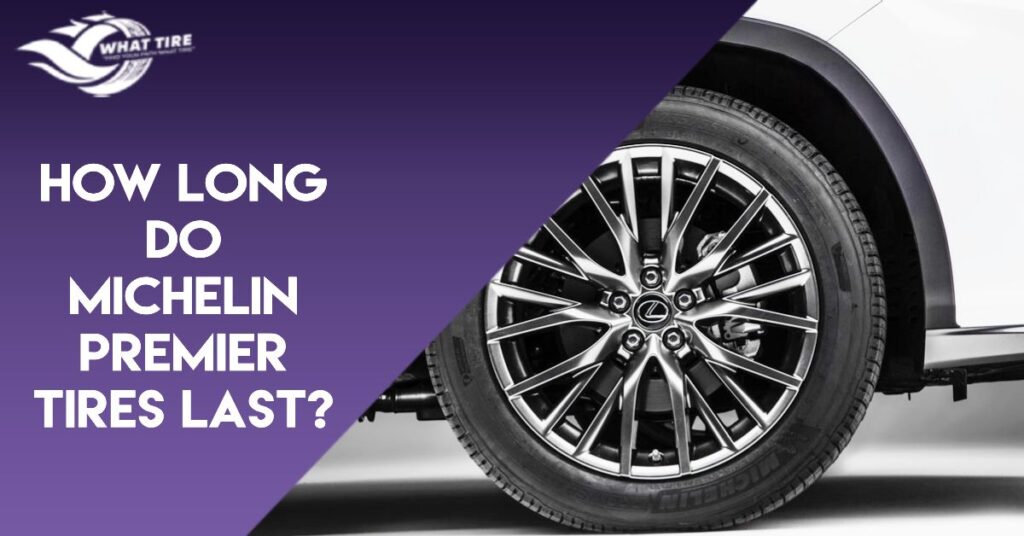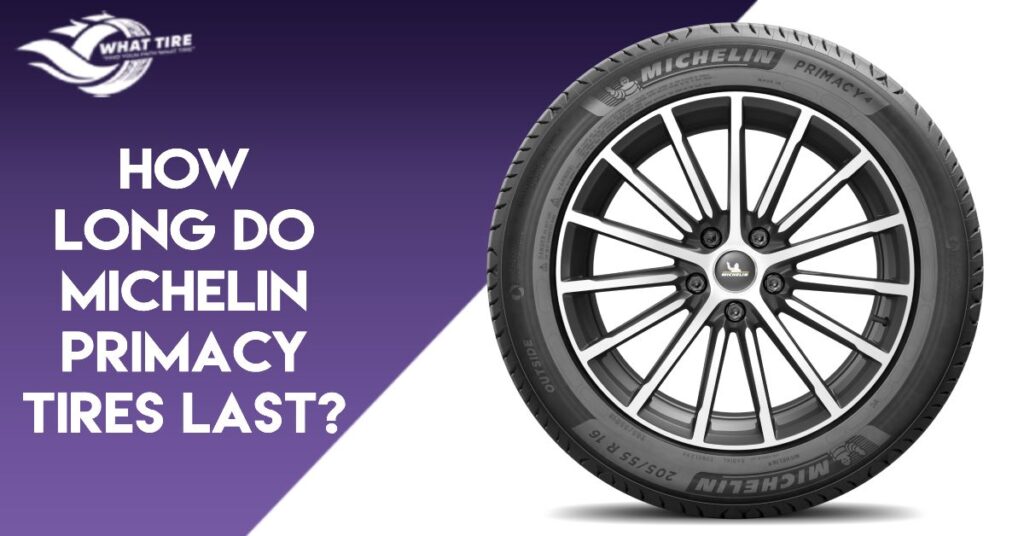Are Achilles Tires Noisy?
Tire noise might not be the first thing on your mind when considering a new set of wheels, but it’s a factor that can significantly impact your driving experience. Whether you’re cruising down the highway or navigating city streets, the sound your tires make can affect comfort and overall satisfaction behind the wheel. In this blog post, we’ll explore if Achilles tires are noisy, shedding light on what factors contribute to their auditory performance. Understanding tire noise can help you make informed decisions when selecting the right tires for your vehicle, ensuring a smoother and quieter ride. Are Achilles Tires Noisy? Achilles tires can vary in noise levels depending on factors like tire model, road conditions, and vehicle type. While generally offering a balance of performance and affordability, they may not always be the quietest option compared to premium brands. Users should consider specific tire models and personal driving preferences when evaluating noise levels. Factors Affecting Tire Noise Tire noise, often an overlooked aspect of vehicle performance, can be influenced by a multitude of factors. Understanding these elements is crucial in assessing the overall driving experience. Let’s check out the key factors affecting tire noise and how each contributes to the auditory landscape of your journey. 1. Tire Design and Tread Pattern The design and pattern of a tire’s tread play a significant role in generating noise. Tires with aggressive tread patterns, such as those found on off-road or performance tires, tend to produce more noise due to their larger tread blocks and open shoulder design. Conversely, tires with a smoother tread pattern, like those found on touring or all-season tires, generally produce less noise as they provide a quieter and more refined ride. 2. Road Surface Conditions The texture and condition of the road surface directly impact tire noise. Rough or uneven roads with potholes, cracks, or gravel can amplify tire noise as the tires interact with irregular surfaces, causing vibrations and noise. Smooth, well-maintained roads reduce tire noise by providing a consistent and stable surface for the tires to roll on. 3. Vehicle Type and Suspension The type of vehicle and its suspension system can influence tire noise levels. Larger vehicles, such as trucks and SUVs, tend to produce more tire noise due to their heavier weight and larger tire footprint. Additionally, vehicles with stiffer suspension setups transmit more road noise into the cabin, contributing to overall tire noise perception. 4. Tire Size and Construction The size and construction of tires can affect noise levels differently. Larger-diameter tires often produce more noise compared to smaller ones due to increased contact area with the road surface. Furthermore, the construction materials and methods used in tire manufacturing can impact noise levels, with some tires featuring noise-reducing technologies to minimize road noise. Achilles Noise Levels Comparisons with Premium Tire Brands In comparison to premium tire brands, Achilles tires may exhibit slightly higher noise levels, especially in aggressive tread patterns or high-performance models. Premium brands often invest in advanced technologies and materials to reduce noise while maintaining high levels of performance and comfort. However, Achilles tires provide a more budget-friendly option without compromising significantly on overall quality. Tips for Minimizing Tire Noise Minimizing tire noise is essential for a comfortable and enjoyable driving experience, particularly with Achilles tires. While some factors influencing tire noise may be beyond your control, there are several practical tips to help reduce noise levels: 1. Opt for Quieter Tire Models When selecting Achilles tires, consider models known for their lower noise levels. Look for tires with smoother tread patterns and advanced noise-reducing technologies. These tires are designed to minimize road noise while maintaining performance and durability. 2. Maintain Proper Tire Inflation Underinflated or overinflated tires can contribute to increased noise levels. Ensure your Achilles tires are inflated to the manufacturer’s recommended pressure levels. Regularly check tire pressure to prevent uneven wear and excessive noise generation. 3. Rotate Tires Regularly Uneven tire wear can lead to increased noise levels. Rotate your tires according to the manufacturer’s recommended schedule to promote even tread wear. This helps maintain optimal performance and reduces noise over time. 4. Choose the Right Tire Size Oversized tires can generate more noise due to increased contact area with the road surface. Stick to the recommended tire size for your vehicle to minimize noise levels. Consult your vehicle’s owner’s manual or a tire professional for guidance on the appropriate tire size for your specific vehicle. 5. Drive Smoothly Aggressive driving habits, such as rapid acceleration, hard braking, and sharp turns, can increase tire noise. Practice smooth and steady driving techniques to minimize tire noise and prolong the life of your Achilles tires. Avoid rough roads whenever possible to reduce vibrations and noise transmission into the cabin. 6. Consider Noise-Reducing Accessories In addition to tire selection and maintenance, you can further reduce tire noise by investing in noise-reducing accessories. Consider installing sound-deadening materials in your vehicle’s cabin or using noise-canceling technologies to mitigate road noise. By following these practical tips, you can effectively minimize tire noise in Achilles tires, getting a quieter and more comfortable driving experience on the road. Achilles Tires User Experiences and Reviews Real-world user experiences and reviews offer valuable insights into the noise levels of Achilles tires. Many users report satisfactory noise performance, particularly in everyday driving conditions. However, some users note increased noise levels at higher speeds or on rough road surfaces, especially with certain Achilles tire models. It’s essential for consumers to consider these real-world experiences alongside technical specifications when making purchasing decisions, ensuring they find the right balance between noise levels, performance, and budget constraints. Conclusion While Achilles tires may show different noise levels depending on factors like tread design and road conditions, mindful selection, proper maintenance, and driving habits can help minimize noise. Ultimately, Achilles tires offer a balance of performance and affordability, with noise levels manageable through informed choices and practices. FAQs
Are Achilles Tires Noisy? Read More »

